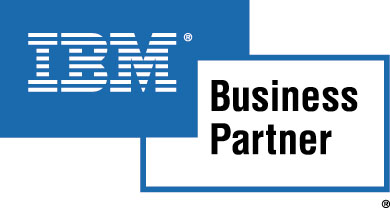 |
|||||||||
|
|||||||||
tcVISION
Data Mapping / Meta Data Dictionary
The powerful data mapping functions of tcVISION provide a detailed overview of the mainframe data to the tcVISION user. It is no longer necessary to always involve mainframe and database experts. Batch processes are available to automatically create the mapping structures. For VSAM files the data mapping is being performed based upon copybook information. For IMS/DB databases the production PSB and DBD load modules will be evaluated. In the case of ADABAS and CA-Datacom the Data Dictionary of the database will be evaluated. For CA-IDMS, SCHEMA definitions are the source for the meta data. The field structure definitions can be easily viewed using the tcVISION Control Board, hence allowing an easy selection of the meta data necessary for the changed production data. Loader Format tcVISION provides a very efficient LOADER function for the insertion of large data volumes into DB2-, DB2/UDB-, ORACLE-, MS-SQL Server- or MS-ACCESS-databases. All DML-statements required for the LOADER process are automatically generated by tcVISION. These statements, together with the data that must be propagated to the target system, can be processed using a standard utility function of the target DBMS. Highlights
Bulk Processors Typically, ETL solutions or other decentralized applications require an initial load of a database on an Open System Server or - in time intervals - request a large number of data records that must be transferred from the mainframe to an Open System Server. tcVISION provides an efficient and comfortable solution to meet these requirements by introducing the tcVISION Bulk Processors. While other solutions only support sequential files, tcVISION can bulk transfer data directly from DB2, IMS/DB, DL/I, CA-IDMS, CA-Datacom, VSAM files and sequential files. All data protocols are directly supported no intermediate file media is necessary. The data transfer to the target system also includes all relevant transformation and conversion of the data. Hence, transfer of mainframe data to an Open Server-System is a one step process. It is reliable and extremely time efficient. The mainframe data will be automatically converted by tcVISION in the correct format required by the target system (SQL, HTML, XML, etc.) or can be saved into a message queue for further processing. tcACCESS Interface tcVISION provides a direct interface to tcACCESS allowing for the data synchronization between mainframe systems (i.e. DL/I or IMS <-> DB2, VSAM <-> DB2, CA-IDMS <-> DB2). The changes can be applied with SQL DML statements by tcACCESS on the target mainframe system. For a bidirectional synchronization between a mainframe- and an Open System-system (i.e. ADABAS <-> MS-SQL Server) database triggers of the DBMS (DB2/UDB, MS-SQL Server, ORACLE) can use tcACCESS to process the changes in real time to a mainframe target data source. Highlights
The benefits of the tcVISION solution
© 2022 aMod. All Rigths Reserved. |